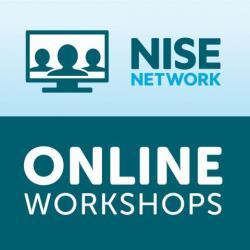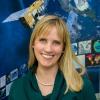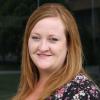
Date
The NISE Network runs a series of free online workshops to increase the number of professional development opportunities available to our partners, and create more channels for partners to share their work and learn from each other directly.
Celebrate Earth Day with NISE Net: Activity Connections and How Visitors Can Contribute Local Environmental Observations to NASA Science
Tuesday, April 16, 2019; 11am - 12pm Pacific / 2pm - 3pm Eastern
View the recording and resources from this online workshop
Happy Earth Day! Get a quick refresher on the many Earth and environmental connections across the Explore Science toolkits from NISE Net activity developers. Also learn more about NASA visualization resources that will help connect your visitors to ongoing efforts to monitor Earth's dynamic systems. Our guest speaker, Holli Kohl from NASA Goddard Space Flight Center, will be introducing the GLOBE Observer app (on iPhone or Android) and exploring the three exciting in-app observation tools: clouds, mosquito habitat mapper, and land cover, you can share with your visitors. Through the GLOBE Observer, anyone can join the international GLOBE network of citizen scientists, students, teachers, and scientists while learning more about our shared environment. Come find our more about this popular and easy opportunity to let your visitors become part of the NASA scientific community!
Presenters
Holli Riebeek Kohl, NASA Goddard Space Flight Center, GLOBE Observer
Darrell Porcello, NISE Network Earth & Space, Co-I
Jeannie Colton, Arizona State University
Emily Hostetler, Museum of Science, Boston
About the Project
- Learn more about NISE Network projects: http://www.nisenet.org/projects
- Learn more about the ChemAttitudes project and Explore Science: Let's Do Chemistry kit
- Learn more about the Earth & Space project: http://www.nisenet.org/space
- Explore Science: Earth & Space 2019, 2018 and 2017 digital toolkits available online: http://nisenet.org/earthspacekit
Acknowledgements
This material is based upon work supported by NASA under cooperative agreement award numbers NNX16AC67A and 80NSSC18M0061. Any opinions, findings, and conclusions or recommendations expressed in this material are those of the author(s) and do not necessarily reflect the view of the National Aeronautics and Space Administration (NASA).







